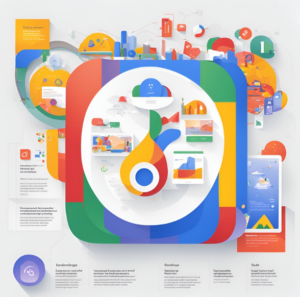
Google has been experimenting with a significant change in how it displays advertisements within search results. This initiative, known as "dynamic ad placement," began in mid-2023 and represents a departure from Google's traditional approach to ad positioning
Dynamic ad placement refers to Google's practice of interspersing paid advertisements throughout the organic search results, rather than confining them to clearly demarcated sections at the top or bottom of the page. This approach marks a notable shift from Google's historical stance on ad placement
In the past week, there has been a noticeable increase in user reports and inquiries regarding the appearance of ads in unexpected positions within search results. Many users have expressed surprise at finding advertisements "smack dab in the middle of organic listings," as noted by Nate Louis on social media platform X
When questioned about a potential increase in the frequency of dynamic ad placement, Google's Ads Liaison, Ginny Marvin, provided a statement on X:"As you noted, this is not uncommon. We have been experimenting with dynamic ad placement on search for more than a year."
While this response confirms the ongoing nature of the experiment, it does not directly address whether Google has recently intensified its implementation.
This move represents a significant departure from Google's long-standing practice of clearly separating ads from organic results. In fact, to accommodate this new approach, Google had to revise its definition of "top ads"
The SEO and digital marketing community has been closely monitoring these developments. While some see it as an opportunity for increased ad exposure, others express concern about the blurring lines between organic and paid content.
As Google continues to refine its dynamic ad placement strategy, users and industry professionals alike will be watching for:
Google's dynamic ad placement experiment represents a significant evolution in search result presentation. As this test continues and potentially expands, it will be crucial for both users and digital marketers to adapt to this new landscape of intermingled organic and paid content in search results.

The New home of Ad certifications, we are here to help you study for all types of Certifications
This site is for education purposes only Sitemap
Powered By Ad Certified Now All Rights Reserved Privacy Policy ¦ Terms and Conditions
5 Star rating from 2500 reviews